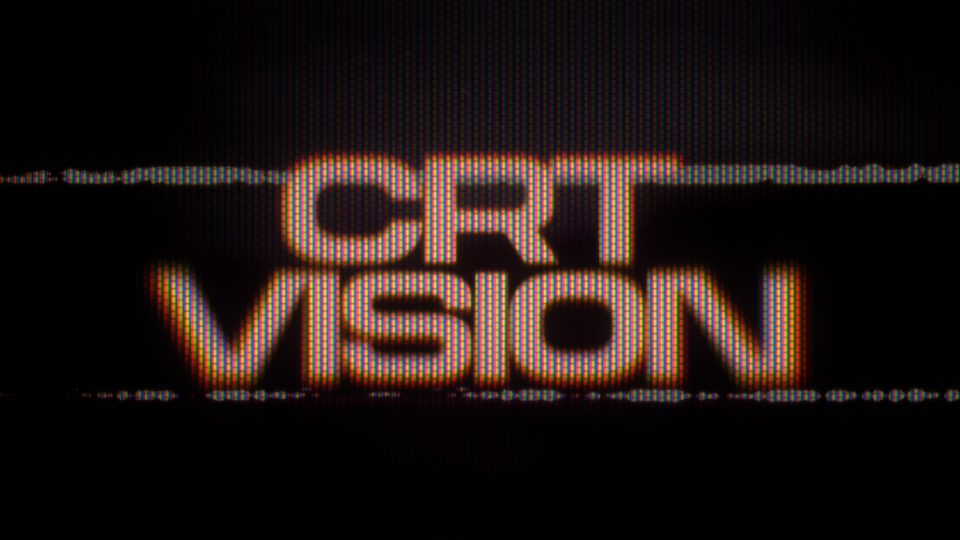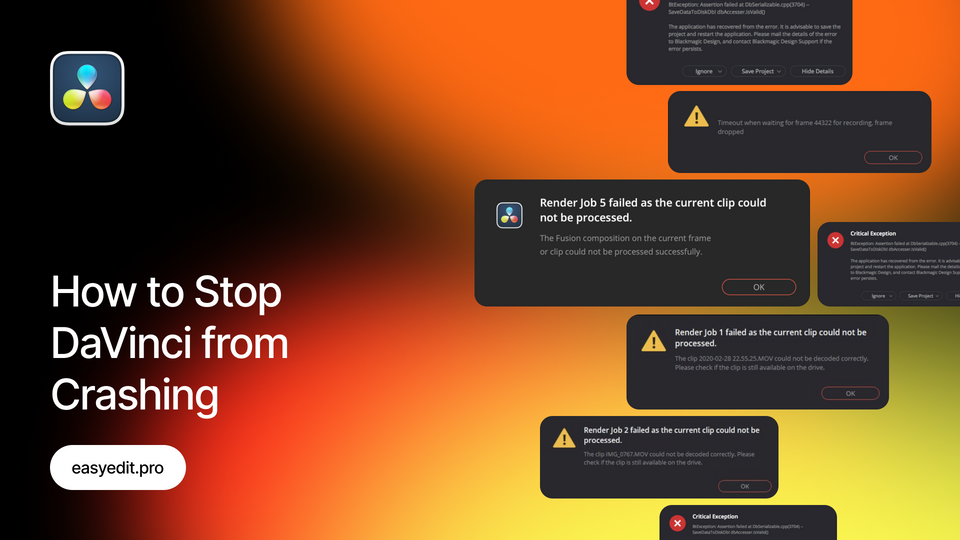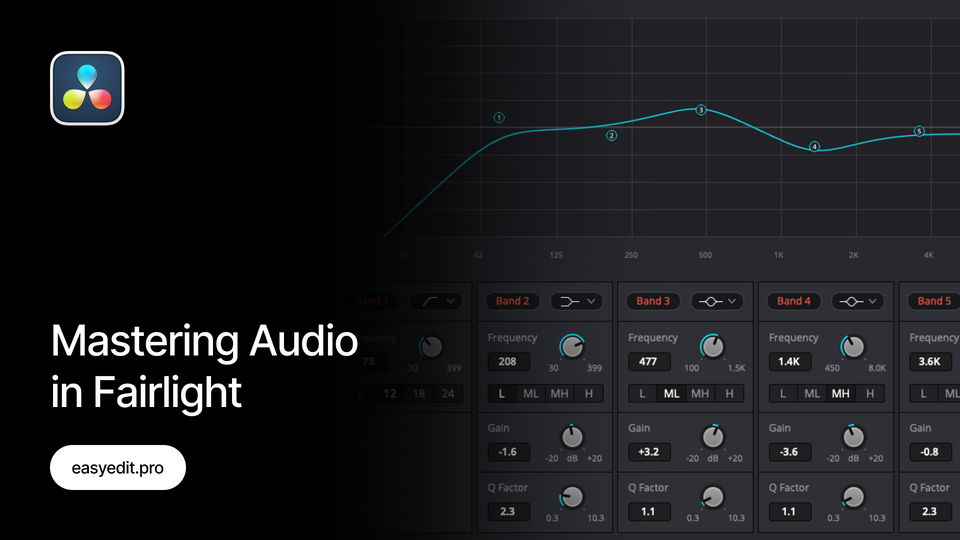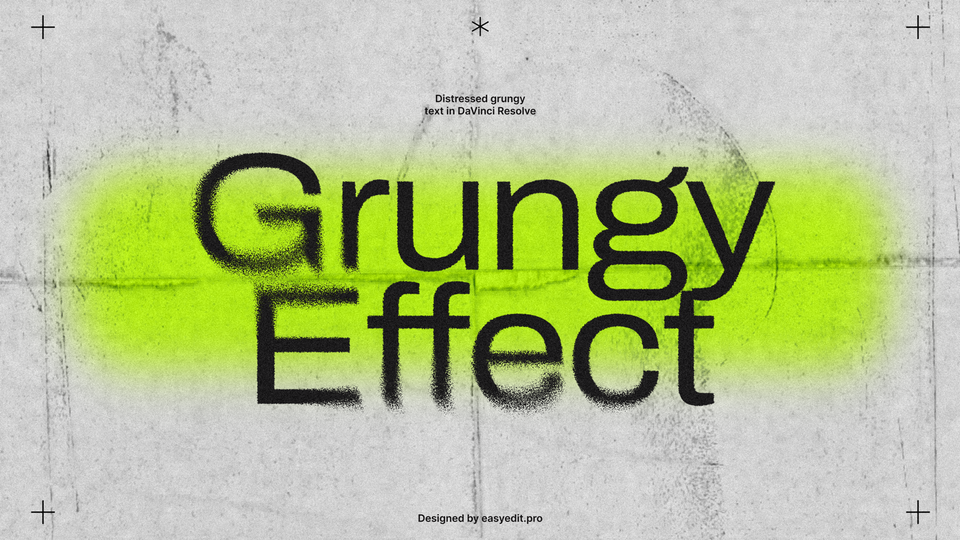
Created: 3 years ago
How to export from DaVinci Resolve to YouTube, Instagram, Vimeo, TikTok
Learn how to export videos of the best quality to YouTube, Instagram, Vimeo, TikTok, or other apps from DaVinci Resolve!
The Footage
An important thing to start with, you should realize that your final video will be compressed and its quality may drop. To avoid this, make sure that your footage was filmed in good quality - after the compression, you’ll get the best results if your footage was filmed in 4K and higher. The higher resolution your original footage will have, the better quality you’ll get in the output.
Export Settings
Here are the best DaVinci export settings - these settings can be applied for YouTube, Instagram, Vimeo and other platforms equally, while you should notice that YouTube has a higher level of compression than other platforms.
Deliver tab
To export a video from DaVinci Resolve to Instagram, go to Deliver tab (the last tab in the list):
Deliver tab will give you advanced export settings, unlike the File>Export>Timeline type of export.
Though DaVinci Resolve has render presets specifically for YouTube, Vimeo and other platforms, you should select the Custom preset to fully customize the settings.
Video format and Codec
Here, you can choose MP4 or QuickTime as Video Format, depending on your preferences.
While MP4 is a common and widely supported format, it will provide lesser video quality than QuickTime. Taking to account that QuickTime is already supported by YouTube, Instagram, Vimeo and most platforms, it would be more suitable for your personal export.
If you select MP4 video format, choose H.264 or H.265 as Codec. These codecs will give your video a small compression level along with a smaller file size. Here, H.265 would be a better choice, as it will keep higher video quality than H.264.
If you select QuickTime, you can choose ProRes codec. This codec will keep the highest quality of your video with a minimal level of compression, while the file size will increase.
Resolution
Make sure that resolution on both timeline & project are the same.
If you work with 4K, you should set 3840x2160 in the export settings; thereafter if you work with Full-HD, you should set 1920x1080 in the export settings.
Pay attention, that you’ll get better video quality after the compression if you filmed your footage in 4K or higher.
Framerate
You should set the same framerate on the timeline and project.
The choice between 24 fps and 30 fps depends on the specific requirements of your project - you may record at 30 fps for a smoother video or if your footage is dynamic, but both framerate formats will give you the same video quality. Whether you’ve recorded the footage in 24 fps or 30 fps, you should set the same fps for the timeline, before you import the project.
Eventually, you should set the same fps for the render.
If your timeline fps and project fps would be different, it may reduce the quality of your final video.
Additionally, you can check our guide if you need to change the timeline framerate after you’ve created the project.
Bitrate
To get the best quality of your video after export, you need to change the bitrate.
To set it correctly, you should click on the Restrict to menu. If you will select Automatic instead of Restrict to, the quality of your video will inconsistently go up and down during the playback.
Now you should multiply the framerate by 2000: for example, if you use 24 fps, your bitrate should be 48000 kbps and higher; if you use 30 fps, you should set 60000 kbps or higher.
In case you chose H.264 as a codec, you’ll need to increase the bitrate further to maintain the same quality of your video as you would get from H.265 or ProRes.
The higher the bitrate, the better the video quality. You can set an even higher bitrate than recommended for YouTube export, as it has a higher compression level than Instagram, but if the bigger file sizes are not a problem, the same settings can be applied for Instagram.
Additionally, you can set Constant Bitrate in Rate Control to make sure none of the frames will drop out.
Advanced settings
Some additional settings can also increase the quality of your video and are suitable for YouTube, Instagram, Vimeo and other social media platforms.
Go to the advanced settings and select Rec.709-A or sRGB as a Gamma Tag - both of these settings are responsible for the color and contrast accuracy, so your footage will look the same after export.
Audio
In the Audio tab choose AAC audio codec, set the file name and location:
Render
After everything is set, just click Add to Render Queue and hit Render:
Done!
Conclusion
The quality of your final export will greatly depend not on just the settings you choose, but on the footage itself. Make sure the resolution and framerate of your initial footage are matching the timeline settings and render settings.
If your computer can handle QuickTime video format and ProRes codec, you should select them for the render, but if your device is weaker and the video has slow playback, you can experiment with H.264 and use a higher bitrate.
The quality of your video will additionally depend on color grading and the effects you’ve applied to your footage, especially if you export the video for YouTube. Taking that to account, you might need to initially record your footage in 4K and set the bitrate of 100000 kbps.
Hope this guide was useful! For more tutorials for DaVinci Resolve, check our blog.
10k elements for Reels and Stories
Looking to add a splash of creativity to your Instagram stories and reels? You're just a click away! Discover our iOS app infi: packed with 10,000+ unique stickers and design elements to breathe life into your social media content.







